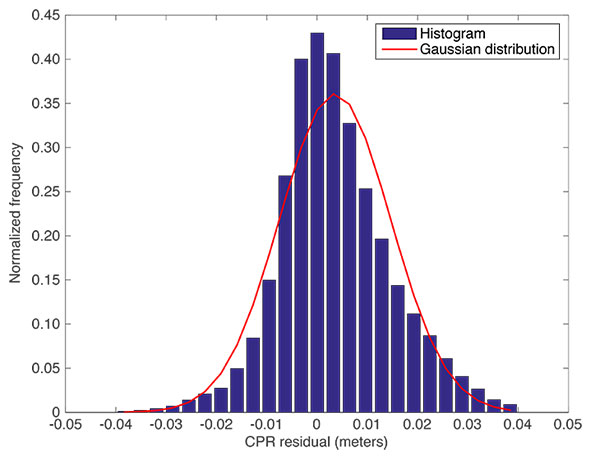GMAT Question of the Day: Daily via email | Daily via Instagram
New to GMAT Club? Watch this Video
|
It is currently 23 Dec 2020, 07:30 |

item: Phone jammer works reviews | phone jammer detector placement 10 votes
| phone jammer detector placement | 6383 |
| phone jammer florida highway | 2986 |
| phone jammer homemade bread | 1253 |
| phone jammer india kashmir | 1913 |
| wireless phone jammer detector | 4033 |
| cellphonejammers uk reviews and comments | 2542 |
| phone jammer kaufen bavaria | 1191 |
| phone jammer detector battery | 5392 |
Phone jammer works reviews | phone jammer detector placement |